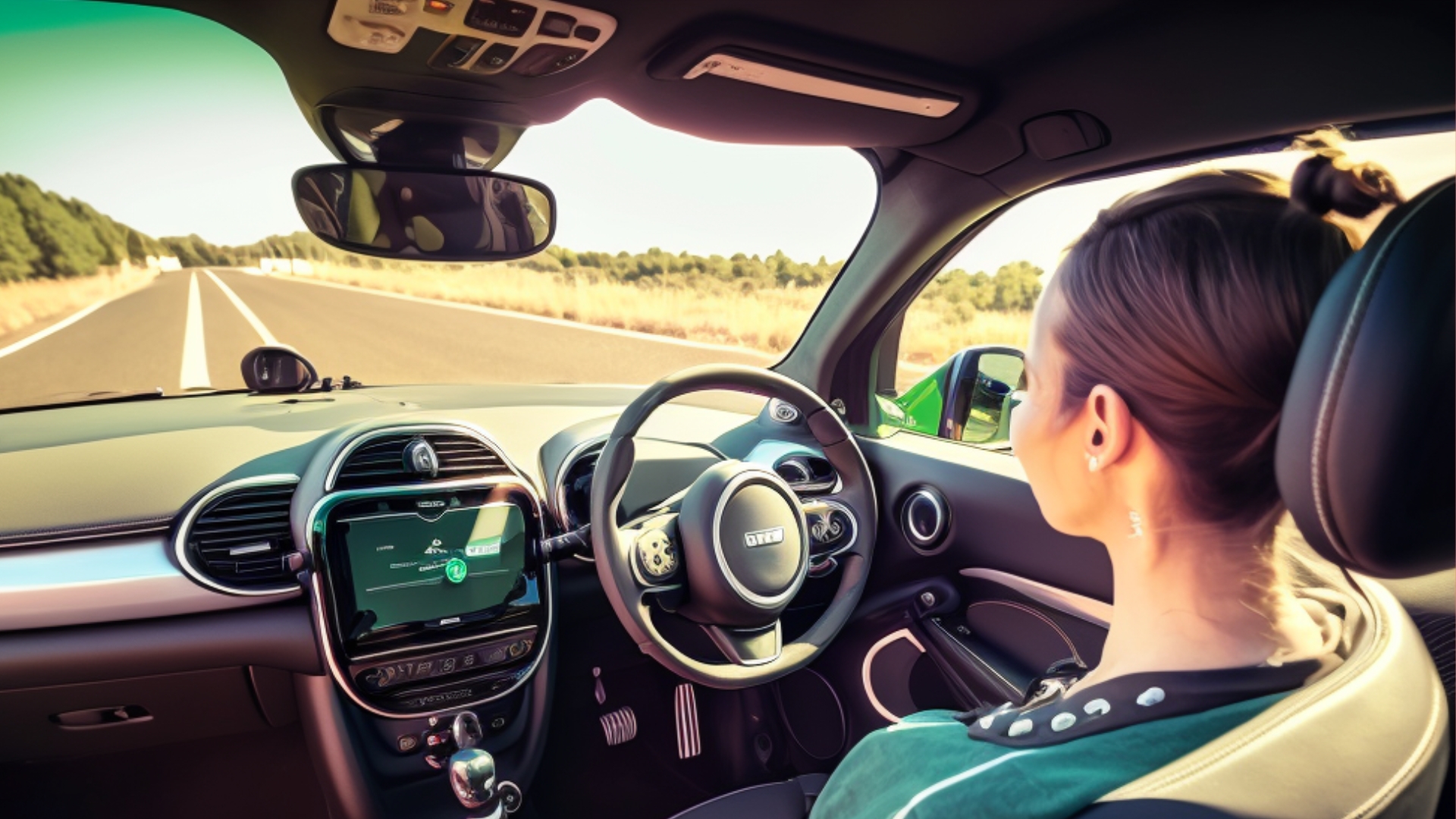Looking to drive your electric vehicle (EV) more efficiently? To maximise your range and preserve battery life, we’ve got the best advice to get the most out of your EV battery, to help you drive smarter.
Picking up momentum
Conserving momentum is key for efficiency when driving in any vehicle, whether you’re cruising in a conventionally powered car or an electric vehicle. Just think back to riding a bicycle and how much harder it is just to set off than to maintain progress.
To achieve the best results from this, it is a good idea to leave space for the vehicles in front and be aware of the road ahead and anticipate other road users. Doing this to avoid unnecessary acceleration and braking will minimise energy consumption.
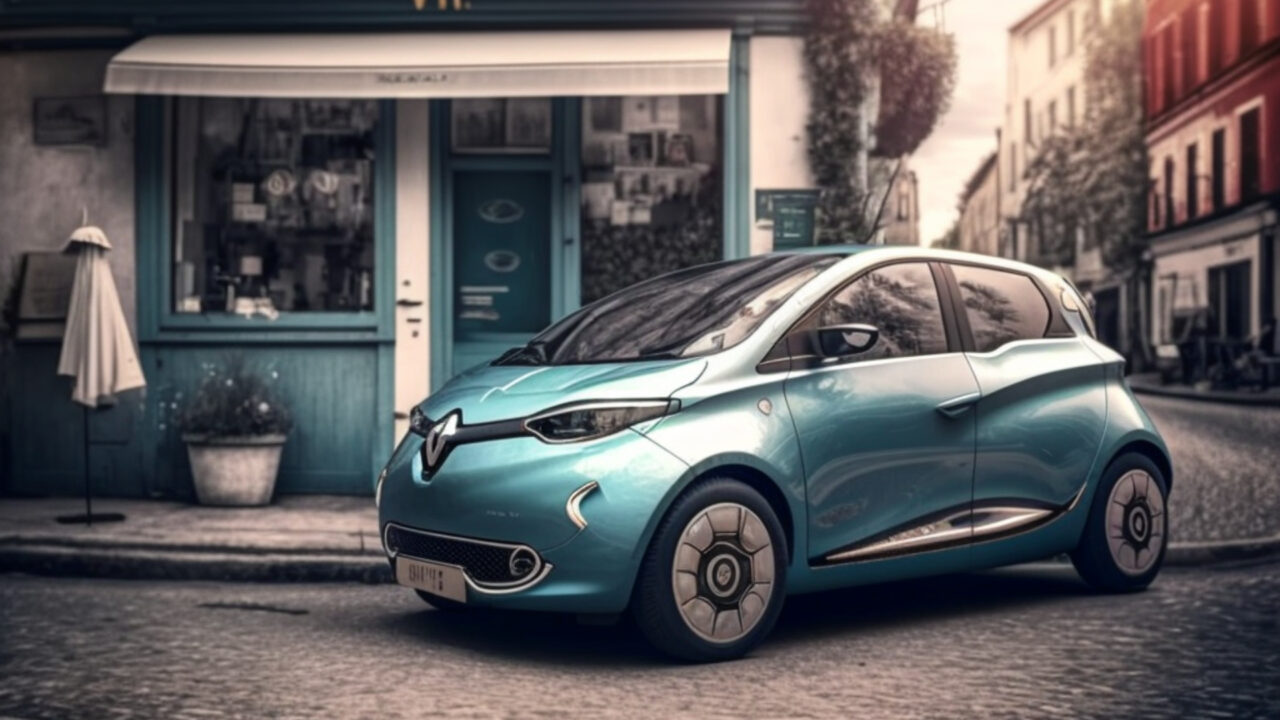
Remember, harsh acceleration and aggressive driving styles will use more energy and heavier braking will mean using the brakes rather than the more efficient regenerative braking devices on the EV. Any rapid acceleration will slash the car’s range so setting your vehicle to Eco Mode is yours and the planet’s friend!
Brake using the motor
Wherever it is possible, avoid harsh braking, as regenerative braking is the magic sauce of ULEVs, as they can convert kinetic energy back into electricity to recharge the battery. Kinetic energy is the energy of a moving object. In the case of a pure electric car, the kinetic energy is converted from the batteries by the electric motor.
Electric vehicles are more efficient because the electric motor can convert almost all of the stored electrical energy into kinetic energy. In contrast, internal combustion engines and the many moving parts, waste a lot of energy as heat and sound.
Electric cars can also recover some of the kinetic energy during braking, through regenerative braking. This means that when the car brakes, the electric motor can reverse its direction and act as a generator, converting some of the kinetic energy back into electrical energy and storing it in the battery.
To make the most of this, you need to minimise the use of conventional friction brakes and anticipate the road ahead. This will increase your regenerative braking by up to 30% on descents. If you can safely avoid using the foot brake until below about 10 mph, regeneration will be maximised and you can sometimes change the settings to recoup more energy.
Lower your speed
High speeds can increase energy consumption in EVs more than they do in conventional vehicles. To achieve higher speeds, EVs need to draw more power from the battery, which reduces the range. The battery life is also affected, as the high power demand can cause the battery to degrade more quickly.
EVs are more efficient at lower speeds, where they can conserve energy and maximize their range. This is why many EV manufacturers focus on optimizing the energy efficiency of their vehicles at lower speeds, rather than on achieving higher top speeds.
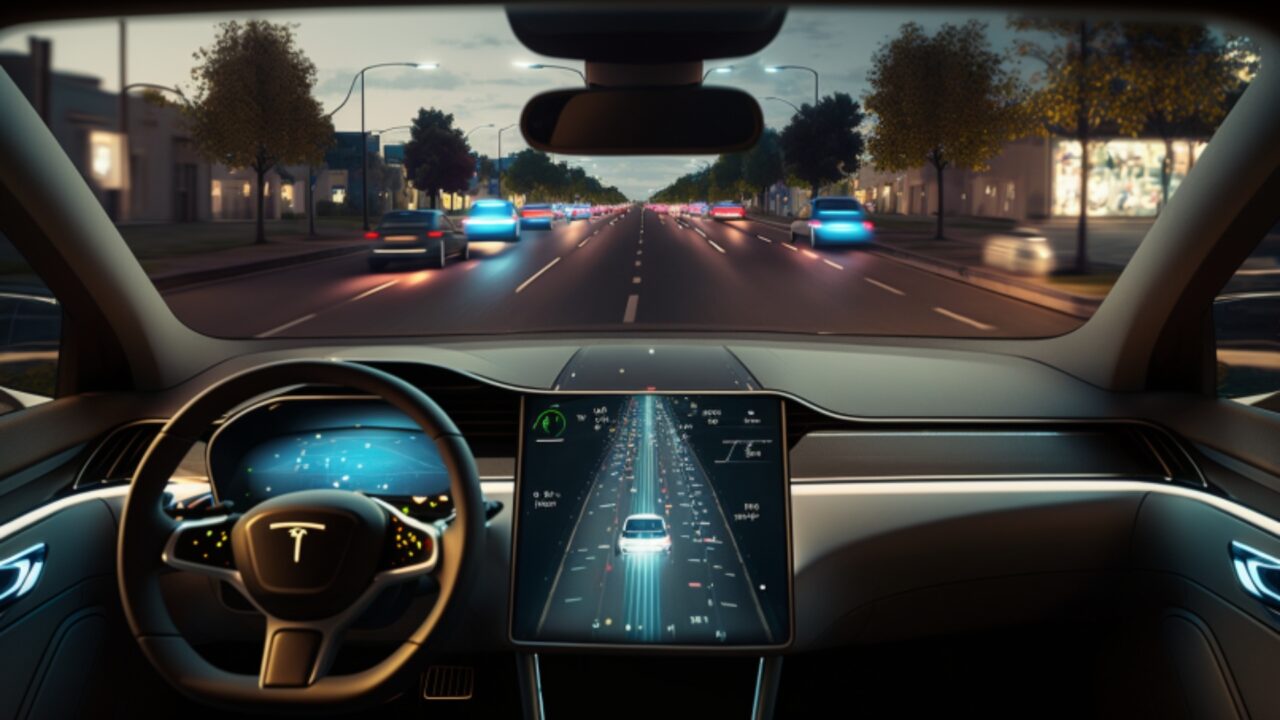
If you usually drive at speeds up to 60mph then this is generally considered optimum. That’s why electric cars are great for city driving but not necessarily great for long motorway journeys.
Minimise the use of cabin comforts
Try not to use heating and air conditioning as these can add more than 10% to the energy drawn from the main battery. So, it’s essential to moderate their use and learn how they impact your vehicle’s range if you are on a long trip.
Heating in EVs uses battery-generated heat, whereas, in conventional cars, it uses waste heat from the engine. Air conditioning utilises less energy than heating, but if you’re travelling below 40mph, it can be more efficient to open the window to let in cooler air.
Pre-conditioning
One sweet perk of driving an EV is the pre-conditioning function. Being able to warm your car before you get in will keep you comfy and cosy while preserving that precious range.

Here’s how it works: before you even step foot in your EV, you can use your smartphone app or infotainment system to preheat or pre-cool the interior to your heart’s desire. So schedule those departure times and pre-condition the vehicle while charging at home.
Know your Eco modes
Many EVs come with features that ensure smarter and more efficient driving. So, refer to your driver’s manual and learn about your vehicle’s eco modes, which limit the acceleration and power of ancillary features like air conditioning.
Some plug-in hybrids and range-extended EVs also allow you to choose when to use battery charge or fuel, again maximising your efficiency.
Feeling the pressure
Make sure your tyres are pumped up to the correct pressures, as you would with an internal combustion engined car. It’s not just about the longevity of your tyres though, keeping the right pressure can also save you money by increasing range by reducing the rolling resistance and therefore improving fuel economy.

Proper tyre pressure also means better handling on the road, providing a smoother, safer driving experience. Plus, when your tyres are at the right pressure, they’ll wear more evenly, avoiding those unexpected and costly repairs down the line.
Choosing your route
If you want to increase your range and you are able to, choose a route that may not be as fast and furious, but will still get you to your destination. By doing this, you’ll be travelling at a lower speed, which is essential for maximising your battery life.
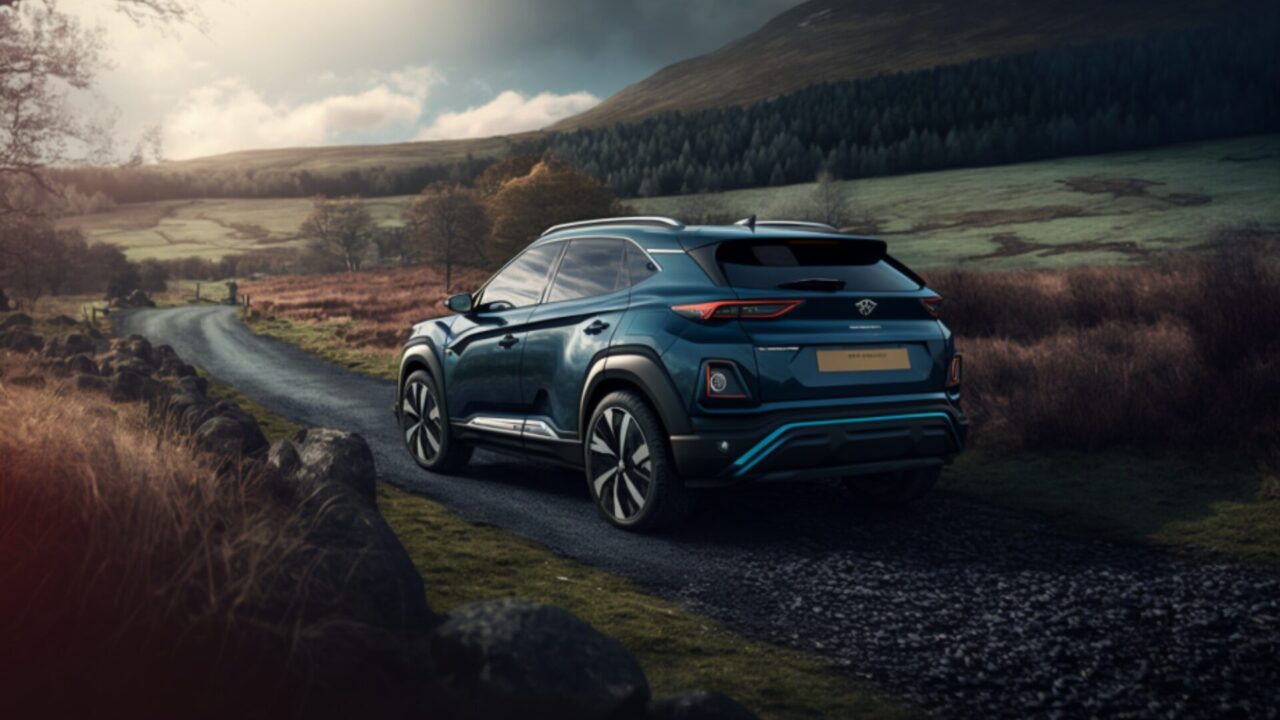
Plus, if you can reduce the number of uphill sections you can up the range even more. Of course, this isn’t always possible, but every little bit helps when it comes to conserving energy and getting the most out of your electric vehicle.
Keep your software updated
Depending on which EV you choose, you might gain a few extra miles of range via a remote update. Tesla, for example, added 23 miles to the range of the Tesla Model X, without any physical modifications to any of the components purely by alterations to the software.
Accessories and weight
When it comes to your choice of EV, you need to pay attention to its specs and trim, because that can have an impact on its range too. If you opt for larger alloy wheels, you are likely to see a decrease in range.
Roof racks and other accessories can seriously mess with your EV’s efficiency. So be smart about your choices, and don’t let your range suffer because of some flashy wheels or unnecessary roof racks or any extra unnecessary weight in the boot or other storage areas.
Prolong your battery life
When it comes to charging, you will keep your battery life prolonged by making sure that you don’t leave your vehicle charged at 100% and left for long periods of time, and the same goes for leaving your battery empty for any length of time. It is generally considered better to keep your batteries charged between 25% and 75%.
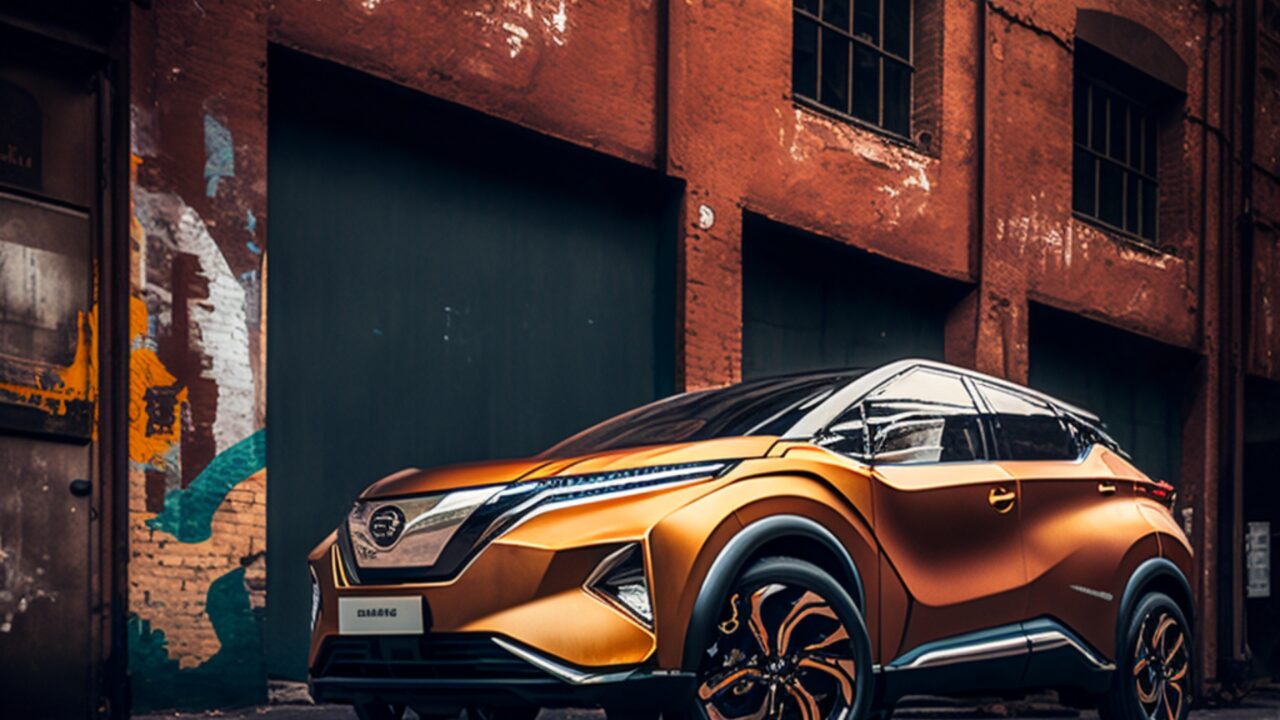
Plus, try not to overuse rapid charging as this can also reduce the battery longevity. For example, according to the experts at Kia, eight years of rapid charging can reduce battery life by 10% over using standard charging speeds.
